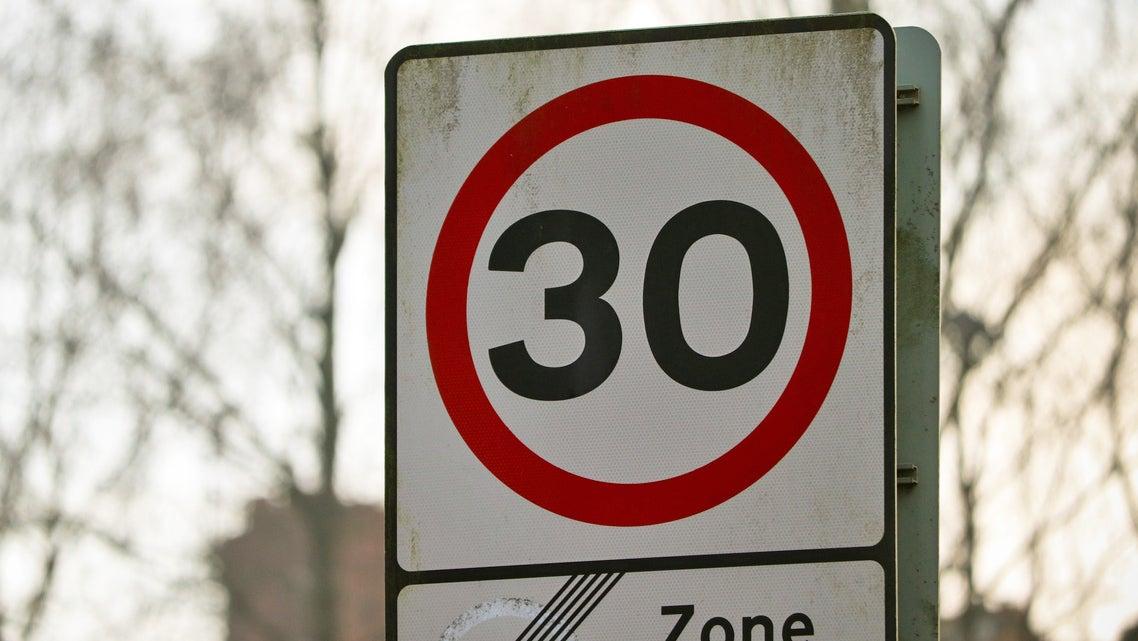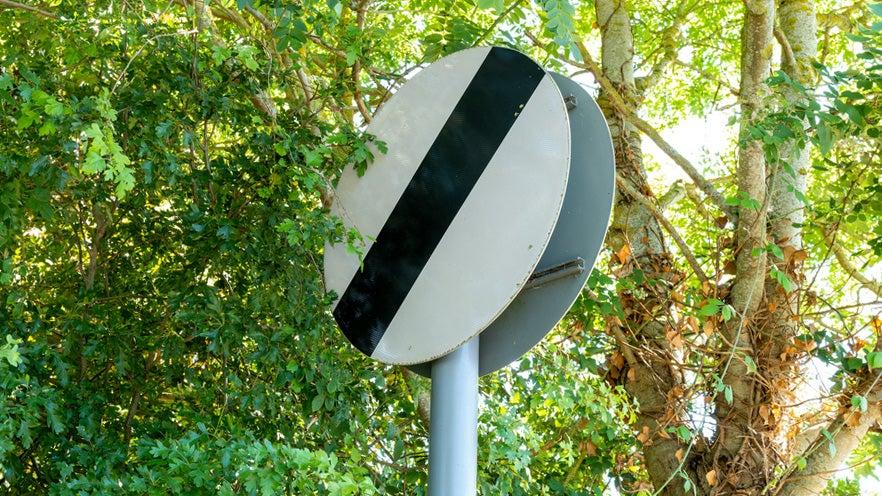Not sure how fast you should be going? We explain the different UK speed limits and how to check
Every inch of public road in the UK has a speed limit, but it’s not always obvious how fast you’re allowed to travel on the section of road you’re on.
Many cars now come with a speed limit warning system, although we’d recommend not relying on these. Some systems and areas may feature incorrect or old data, while camera-based systems can pick up the wrong signs and think the local speed limit is much different to what it actually is.
Our guide will help you work out what the speed limit is where you’re driving, so you never need to risk getting pulled over by the police or getting flashed by a pesky speed camera.
UK speed limits explained – what are the speed limits on different roads?
Speed limits aren’t a blanket rule, and how fast you can go depends on a number of factors – including the type of road you’re on and the vehicle you’re driving. Speed limits change if you’re towing a trailer or if you’re in a van (or pickup!), so make sure you remember to adapt your speed if you jump in a different vehicle.
It’s also important to remember that these speed limits are limits and not targets, and they apply to dry, well-sighted conditions. You should slow down in adverse weather conditions – read our guides to driving in heavy rain and driving in fog for more info.
UK speed limits unless otherwise stated:
| Built-up areas | Built-up areas (Wales) | Single carriageway | Dual carriageway | Motorway | |
| Cars & motorbikes | 30mph | 20mph | 60mph | 70mph | 70mph |
| Cars towing a caravan or trailer | 30mph | 20mph | 50mph | 60mph | 60mph |
| Motorhomes (less than 3.05t unladen/ more than 3.05t unladen) | 30mph | 20mph | 60mph/50mph | 70mph/60mph | 70mph |
| Buses (less than 12m/ more than 12m) | 30mph | 20mph | 50mph | 60mph | 70mph/60mph |
| Goods vehicles (less than 7.5t laden/ more than 7.5t laden) | 30mph | 20mph | 50mph* | 60mph** | 70mph (60mph when towing)/60mph |
* 40mph for goods vehicles more than 7.5t laden in Scotland
** 50mph for goods vehicles more than 7.5t laden in Scotland
What is the national speed limit in the UK?
For cars driving in an area with street lights, the national speed limit is 30mph – or 20mph in Wales. For unlit roads, it’s 60mph, and for motorways it’s 70mph. You typically won’t see speed limit signs on these roads unless the speed limit changes, because it’s expected that you should know the national speed limits as they’re part of the driving test. However, as above, you should adapt your speed depending on the road conditions and the vehicle you’re in.
How is a 30mph speed limit indicated?

When you enter a 30mph speed limit zone, you’ll see this sign – a white circle with a red outline and black 30 numbers. Unlike in 40mph or 50mph zones, you won’t typically see small ‘repeater’ signs every few hundred yards, because 30mph is a national speed limit.
Which sign means that the national speed limit applies?

This is the sign you’ll see at the start of areas where the national speed limit applies. It’s a white circle with a diagonal solid black line across it. The national speed limit will apply until you see signs that tell you otherwise.
What does a variable speed limit mean?
Variable speed limits are used on smart motorways to try to improve the flow of traffic. You may see different speed limits on different sections of the motorway you’re on – it could be 60mph and then suddenly drop to 40mph, so you need to pay close attention to the overhead gantry signs.
Variable speed limits override the national speed limit and are enforceable if the speed limit is shown within a red circle. Some gantries will have speed cameras on them, which can automatically pick out speeding drivers.
When you see a sign that says ‘Variable speed limit ends’, the national speed limit – 70mph for a motorway in a car – returns. The sign may be just words or it may be accompanied with the national speed limit sign.
How to check speed limits on roads
If you’re in an unfamiliar area and aren’t sure what the speed limit is, don’t simply rely on whatever the sat nav says. Instead, look out for repeater signs on the side of the road, which will tell you how fast you can go. These are placed roughly 15-20 seconds apart.
If you don’t spot any repeater signs, you should presume that the road is a national speed limit zone. For single and dual-carriageway roads with street lights, that’s 30mph – even if the road you’re on might not look like it should be a 30mph zone.
You can also look for side roads or junctions where the speed limit may change. If there’s a 30mph sign at the start of a side street, you know that the road you’re on isn’t a 30mph zone. Alternatively, you can match your speed to what everyone else is doing, but that’s risky as it relies on every other driver doing the speed limit.
Speed limits shown in red circles are law and you could be prosecuted if you drive faster than the sign says. However, speed limits shown without a red circle are guidelines and you won’t be prosecuted if you don’t adhere to them – but, of course, you should. These are often found where it would be dangerous to drive at the posted speed limit, such as on sharp corners. You may also see them on motorway gantries, usually with a warning about congestion or an obstruction ahead.
Is there a minimum speed limit on UK motorways?
There isn’t an official minimum speed limit on UK motorways or on any road, in fact, presumably because the traffic conditions may mean you’re stationary or only crawling at a few miles per hour. But, if the motorway is clear and flowing normally, you can be pulled over by the police if they think your slow driving is dangerous to yourself or to other road users.
You may sometimes see a minimum speed limit in tunnels.
How much over the speed limit can you go?
Officially you’re not allowed to go over the speed limit at all. However, not all cars and speed cameras will be calibrated exactly the same, so there’s typically a little bit of leeway before you could get prosecuted for speeding. To avoid the risk of being caught speeding, we’d always stick within the posted limit.



































